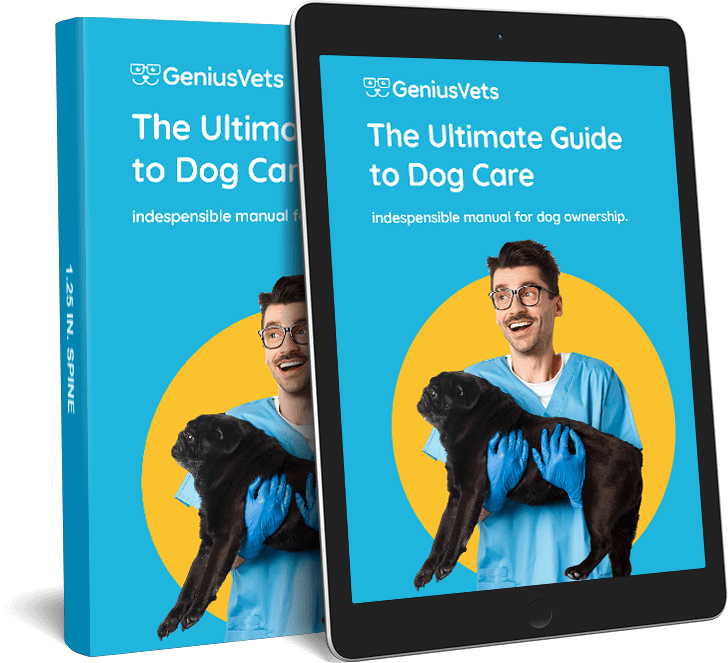Anorexia in pets may sound similar to the human eating disorder, but it simply refers to a lack of appetite in dogs. It is crucial for owners to recognize and report any gradual reduction in their dog’s appetite, as it can be an essential indicator of underlying illness. Ignoring appetite loss or food refusal can lead to serious consequences for our furry companions.
Recognizing Anorexia
When a veterinarian mentions anorexia in dogs, it means that the dog is not eating, and it is not related to a distorted body image, as seen in human anorexia nervosa. A dog's willingness to eat its favorite foods can determine if hospitalization is required. While a couple of off days with decreased appetite may not be alarming, recurring episodes of poor appetite or a slow, gradual reduction in eating could indicate a chronic progressive illness. In such cases, providing nutritional support becomes crucial to aid recovery and stabilize the dog while diagnosis and treatment are underway.
How to Encourage Your Dog to Eat
If your dog's appetite seems poor, consider offering canned food in addition to dry kibbled food. Most animals find canned diets more palatable, and this simple step might help alleviate the problem. Canned food and dry food differ primarily in their water content, with canned food having a higher water content. Both types of food can be nutritionally complete, and the quality of canned food varies, just like dry food.
You can also offer delicacies such as canned chicken, cooked egg, canned tuna, or therapeutic recovery formula diets. These treats may not be nutritionally complete, but they can act as jump-starters for dogs with a poor appetite. If your dog is not eating, try rubbing a small amount of food on their teeth or spooning some into their mouth to introduce the taste. Holding the food bowl up to their nose, making the aroma inescapable, can also help stimulate their appetite.
Prescription Diets
If your canine companion is supposed to eat a prescription diet but refuses, avoid trying to starve them into accepting the food. Instead, make a gradual transition from regular food to the new prescription food over a week or so. If your dog still won't eat the prescribed food, inform your veterinarian, who can suggest alternative flavors or offer a full refund if the food is not accepted.
Provide Privacy
Ensure that other pets at home do not bully or distract the sick dog during mealtime. In a multi-pet household, a sick or elderly dog might prefer to eat without the younger pets taking their food. Offering your dog a private area and their own dish can help create a more relaxed environment for eating.
Medical Assistance
If your dog's appetite continues to be a concern, appetite-stimulating medications are available. Some products, like capromorelin, mirtazapine, cyproheptadine, and prednisolone/prednisone, can help create a sense of hunger and improve their appetite.
Assisted Feeding: Feeding Tubes
Feeding tubes are the least stressful method of delivering nutrition and can be placed through the nose, throat, directly into the stomach, or into the intestine. These tubes allow liquid diets to be delivered with ease, ensuring your dog receives the necessary nutrients for recovery. The esophagostomy or E tube is gaining popularity, as it offers comfort and allows for blenderized diets at a lower cost. Feeding tubes do require brief surgical placement, but the process can be well worth the benefits.
Syringe or Force Feeding
Syringe or force-feeding should be avoided whenever possible, as it can cause stress, discomfort and even create an aversion to food in the dog. There are more effective and less stressful methods available to ensure your dog receives proper nutrition.
Remember: Nutritional Support is Vital
Nutritional support is a vital aspect of recovery, and it's essential to act promptly if you notice any signs of appetite loss or weight loss in your dog. Consulting with your veterinarian can help determine the best course of action to ensure your furry companion receives the care they need to stay healthy and happy.
Don't have a vet in your area yet? We can help you find a local veterinarian.
If you have more questions, the GeniusVets Telehealth platform will give you unlimited access to text and/or video calls with board-certified veterinarians! To learn more click here.


